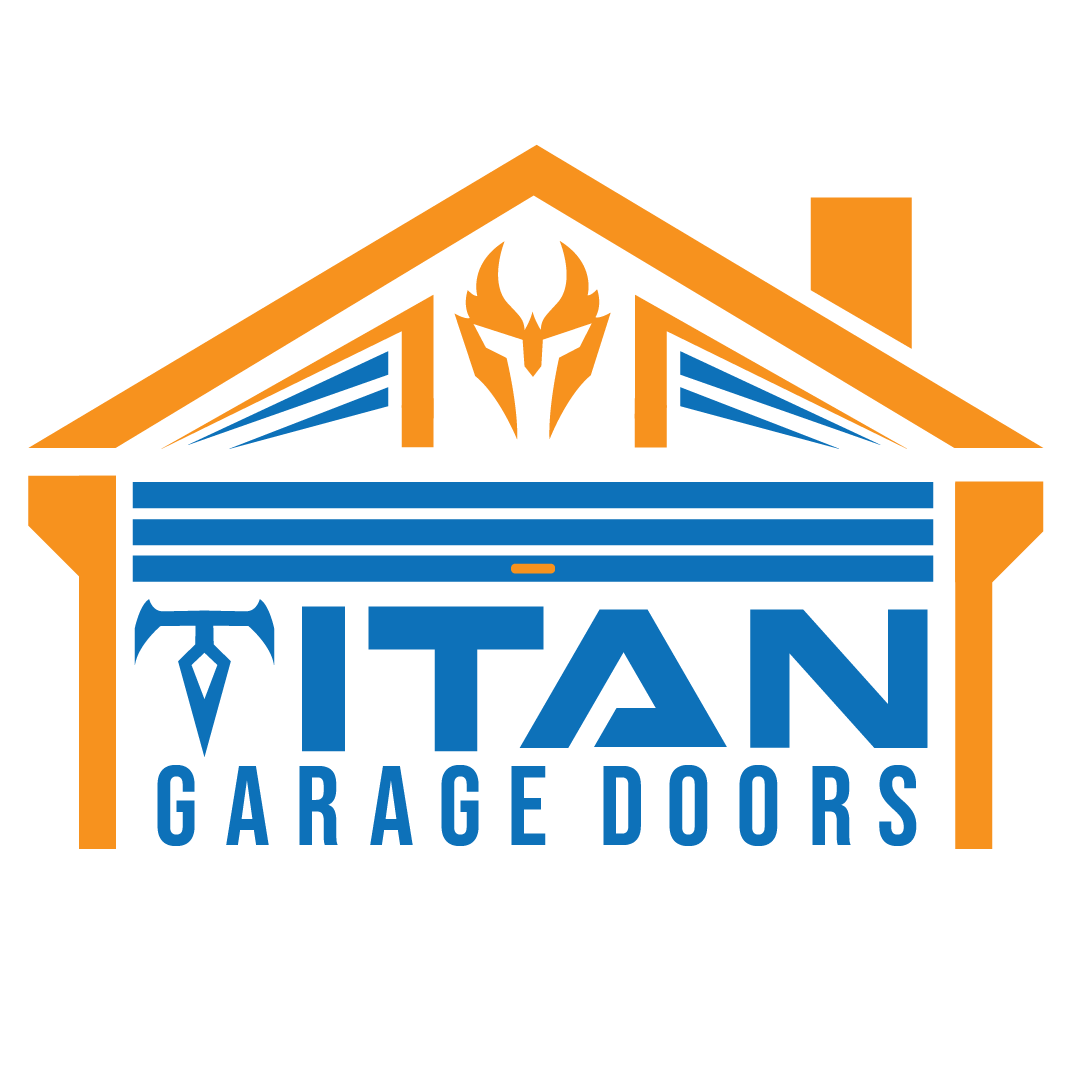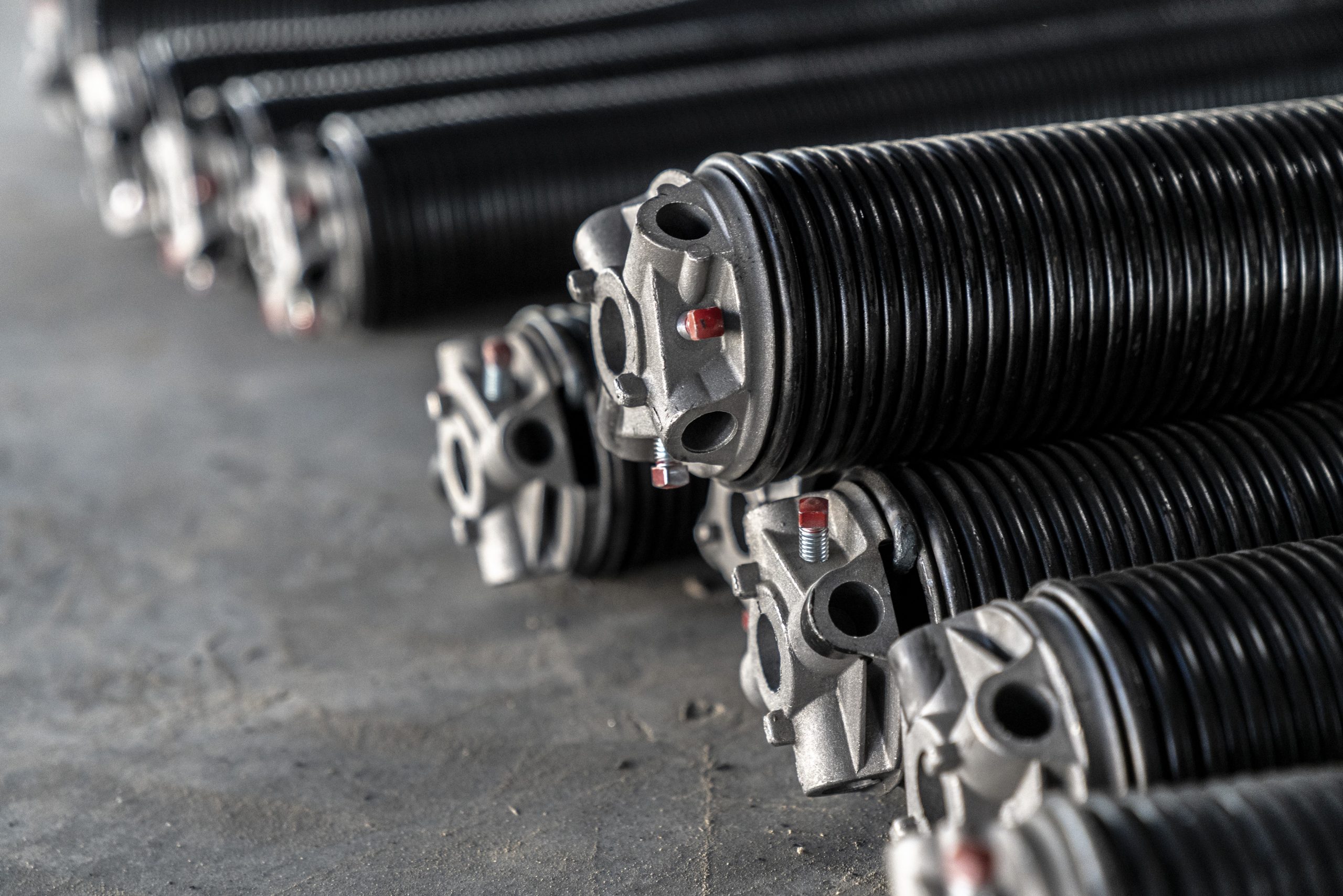Its really important to know when you need to replace your old garage door springs to avoid damage or injury. Read on to learn when you need to get those old springs replaced.
Knowing when and how to replace your garage door springs is a vital part of automatic garage door maintenance. Most garage doors will last around a decade with minimal maintenance. However, one of the first components to go is usually the springs and, if left unchecked, the springs can fail and cause the door to come crashing down. Fortunately there are some easy ways to monitor your springs and keep your garage door operating smoothly and safety.
What are garage door springs?
Springs are responsible for making heavy garage doors light enough to lift, usually by a powered system but also by one person if they need to do it manually. Essentially these springs absorb most of the stress involved in lifting the door, making it simple to open and close it multiple times a day across several years with relatively low maintenance.
General signs of spring wear
While there are specific springs we’ll address later, there are also some general ways to see if your springs are failing or completely broken.
The first and most obvious sign you might have a spring problem is if your garage door doesn’t open. This can be because of a number of issues so consult your owner’s manual to make sure every other element is operable before scheduling an appointment with a professional.
Another way to check for general issues is to visibly inspect your springs and hardware around the springs. With the door closed, inspect the springs as well as mounting hardware, pulleys, cables and rollers. Damage to any of these can put stress on the springs and increase the risk of failure.
You can also try manually opening the door. First disengage the garage door from the trolley that runs it along the central rail. To do this look for a red cord with a plastic knob hanging from it. Pull the cord and the lever will disengage. From here, make sure nothing is underneath the door and lift it manually. If your springs are in good working condition, this should take little effort. In addition, the door should hold its position once you brought it all the way up. Otherwise, the springs may be wearing out.
Torsion and Extension Springs
In addition to general signs of wear or failure, a garage door owner can more specifically diagnose and fix the problem with knowledge of the two types of springs.
The most common for residential use are extension springs. These work by extending and contracting and are usually located on either side of the garage door. They can have clipped ends, be open looped or double looped.
Torsion springs are coils of metal that have been tightly wound to generate torque. Types of torsion springs include standard, steel rolling, early set and torque master.
It’s easy to tell torsion from extension springs because one will turn (torsion) and the other will expand or contract (expansion) with the opening and closing of your garage door. Each spring also has different indicators that they may be failing.
There are two ways to easily check the health of your torsion springs. With the door disengaged bring it up to a fully open position. If it doesn’t hold this position, you could have a spring issue. You can also pull the door halfway up. Holding the door with your hand, gauge how heavy the door feels. Does it require a lot of strength to hold it up? That could be an
indication of spring wear.
Extension springs show many of the same indicators as torsion springs, however, there are additional visible elements to look for in wearing extension springs.
First, look to see if there are gaps between the spring’s coils. This signals the steel has given out. You can also check to see how well your garage is aligned. Improper alignment can indicate one spring has given out.
Next Steps
If your garage door springs need repair, call a professional. If the door fails while you’re trying to fix it and falls on your or something valuable, it could mean serious damage or worse. Learn more about our garage door spring repair services or call us at (402) 513-0255 today!
If you’ve determined your springs are in good working condition, its also important to practice proper maintenance. Lubricate your garage door’s chain monthly to ensure the longevity of your garage door’s lifespan.

